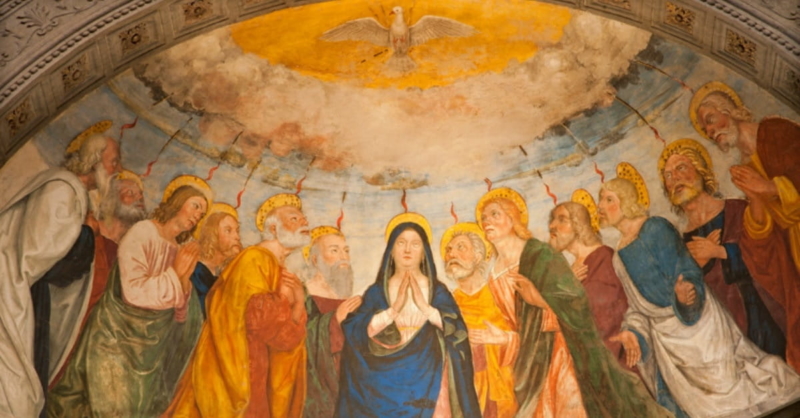
Saints are not just “holier than thou” people whom the pope has recognized and who have survived the scrutiny process of canonization; they are people who have significantly touched and affected their neighbors or their communities as they met the unique challenges of their time to live in the presence of God and, as Christians, to reflect the teachings of Jesus Christ.
Some of the most perspicuous insights into the make-up of a saint have come from the saints themselves. Many of the saints in this book had a common thirst for understanding the saints that went before them, as if they were teachers to emulate, guides on the path. St. Pio (commonly known as Padre Pio, who died in 1968) wrote about the process of becoming a saint as difficult but “not impossible.” He summarized the “the road to perfection” takes a lifetime, and that the common challenges were to remain balanced in physical and spiritual well-being, to be utterly surrendered and faithful to God with a clear understanding of the commitments made to the Divine, and to be prepared for ridicule, to be viewed as a fool, to be “sneered at by the world.”
Saint Pope John XXIII (1881 – 1963) wrote that God desires us to follow the examples of saints “by absorbing the vital sap of their virtues and turning it into our own lifeblood, adapting it to our own individual capacities and particular circumstances.” In the thirteenth century, St. Anthony explained that living a Christian life exemplified by the saints required “a steady courage to face the ups and downs of life, the call to love and forgive, to be concerned for the needs of others, to deal with crises great and small, and to have our feet solidly on the ground of total, trusting love and dependence on God.” St. Anthony also likened the lives of the saints to the sun “shining upon the temple, for in its rays we can see the dust of our defects.” The twentieth-century English mystic Evelyn Underhill defined a saint as simply “a human being whose soul has thus grown up to its full stature,” someone who lived a greater life than most common people and who had “a more wonderful contact with the mysteries of the Universe, a life of infinite possibility.” This infinite possibility goaded them on to desire, and sometimes to be willing to suffer for, “unreachable possibilities,” which they recognized as always waiting for them. This insatiable desire was not about self-ego or gratification but was spurred solely by a pure, transcendent love of the Divine, and a dedicated discipline to give over their lives in a total surrender to the will of God.
Excerpt from the Introduction to Traveling with the Saints in Italy.
Resources: Vardey, Lucinda. Traveling with the Saints in Italy: Contemporary Pilgrimages on Ancient Paths. (Paulist Press: Mahwah, NJ), 2005.








Leave A Comment
You must be logged in to post a comment.